These pages are intended to open a small window into the rich world of pigeon breeding and fanciers.
Examples of Pigeon Breeds
Following is a sampling of some special breeds of pigeons:
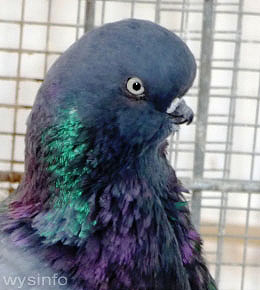
English Long Faced Tumbler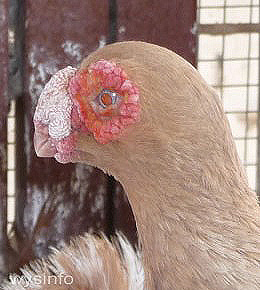
Barb Pigeon
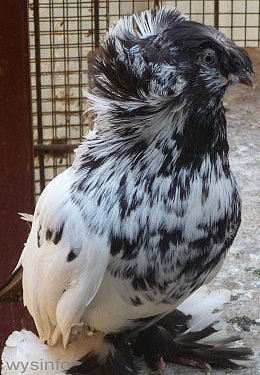
Bukhara Pigeon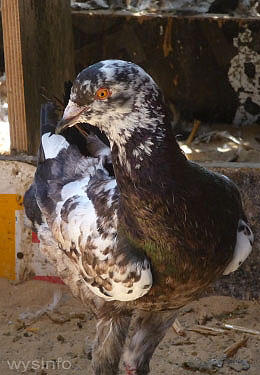
Maltese Pigeon
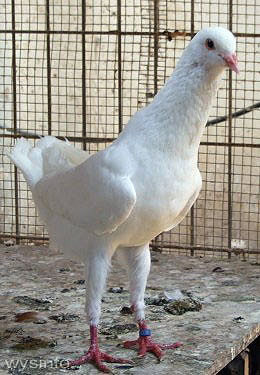
Carrier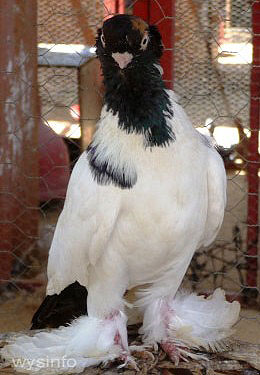
Koningsburger Pigeon
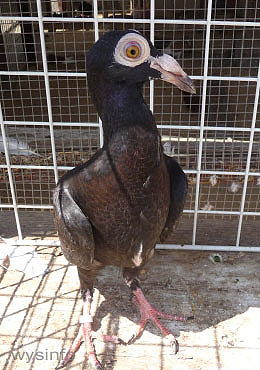
Straslunder Highflyer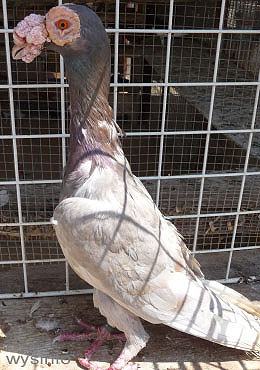
Wattled Carrier
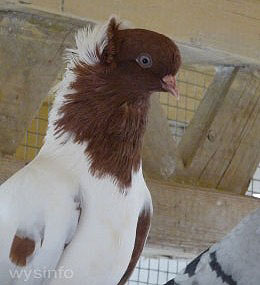
English Nun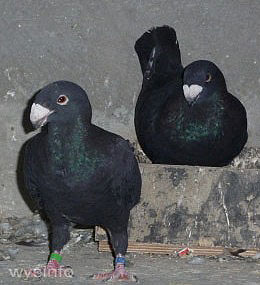
German Postal Pigeons
Pigeon Breeding Methods
Breeders choose different methods of mating their birds based on the characteristics they want to preserve or achieve. For the most part, breeding falls into two main categories: Inbreeding or crossbreeding. However, there are many nuances or combinations that may be used to achieve best results.
Inbreeding and its variations
Inbreeding typically is the practice of mating two birds that are related, such as a father with a daughter or two siblings together. For example, if a breeder identifies a strong racing trait in a bird (or pair of birds) and they want to reproduce it, they could choose some form of inbreeding for their mating method. This way, they can try to maintain the desired qualities of the original bird or birds rather than diluting the qualities or risking the addition of negative characteristics from a different family.
There are different variations of inbreeding. For example, line-breeding is a term commonly used to describe selective breeding that might be considered a milder form of inbreeding. Line breeding typically refers to breeding a line of birds that can be traced back to a single champion bird. It usually involves a mating strategy where a pigeon’s pedigree can be traced back to show one or more of the same relative(s) more than once, without close inbreeding.
Problems of inbreeding
When the relation between mated birds is too close there can be negative consequences. The offspring from a first degree mating (for example father and daughter) have a significantly increased risk of suffering from an inherited disorder. For example, there is a possibility of higher infant mortality, shorter life span of the offspring or reduction of immune system functions. This is one of the main reasons that breeders often choose milder forms of inbreeding, such as line breeding.
Cross breeding (or out-crossing)
Cross-breeding (or out-crossing) is when breeders mate pigeons of a different strain, usually with no common ancestors in the previous 5 generations. The goal here is to introduce new genes into the pool. For example, imagine a breeder who wants to produce show birds with special fan tails.
Breeding is about strategy
Since inbreeding can cause inherited disorders, it is a good idea to cross one inbred line with another line after several years of inbreeding. With proper planning, you can cross different thoroughbred pigeons, both with desired characteristics. This could strengthen the new generations. Basically pigeon breeding is all about strategy. If you are just starting out, here is a good link for young new breeders: Pigeon Breeding: Genetics At Work.
See more examples of pigeon breeds…
***
Feel free to contact us at E-mail: wysinfo.com or by adding your comments on any of the Front Pages within our site: Migratory Birds; Life From The Dead Sea; The Scent Of Perfume; Pigeons And Doves; Jews of Yemen; All The World Is A Stage Project.
We want to hear your comments about any of the subjects that we have documented, as well as your ideas for other interesting topics. (Please note, we do not publish spam or politically motivated comments.)
Our goal is to provide a reliable source of information for web users, based on careful and original research, in simple English for a broad audience.
You can also find our videos on the Wysinfo Youtube channel.
